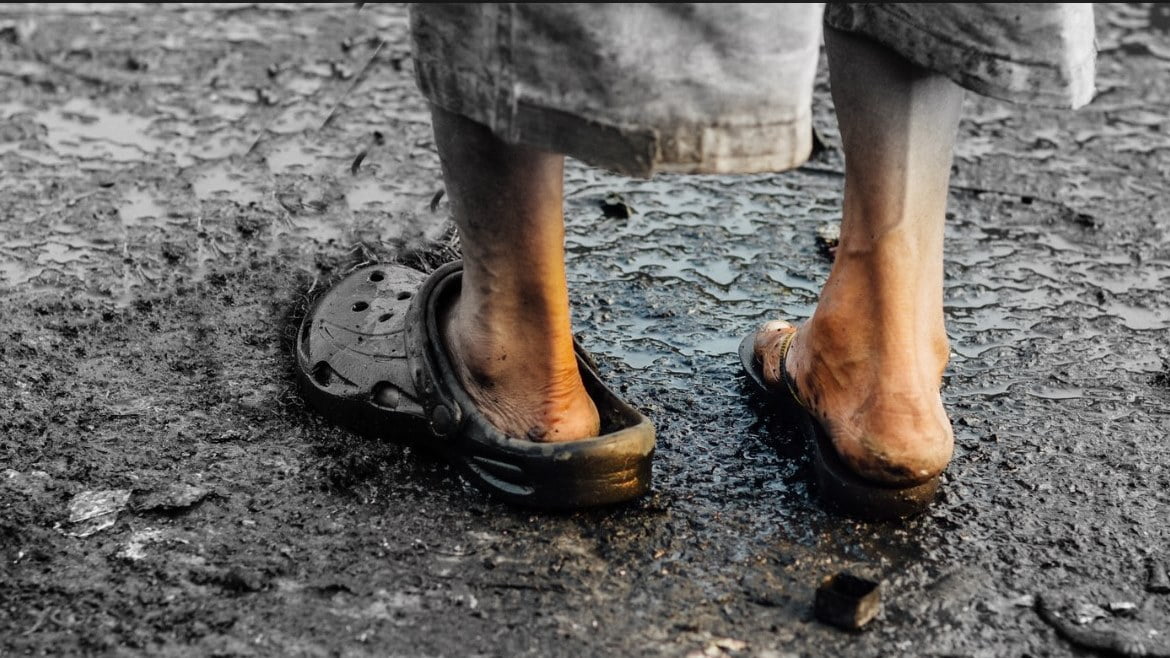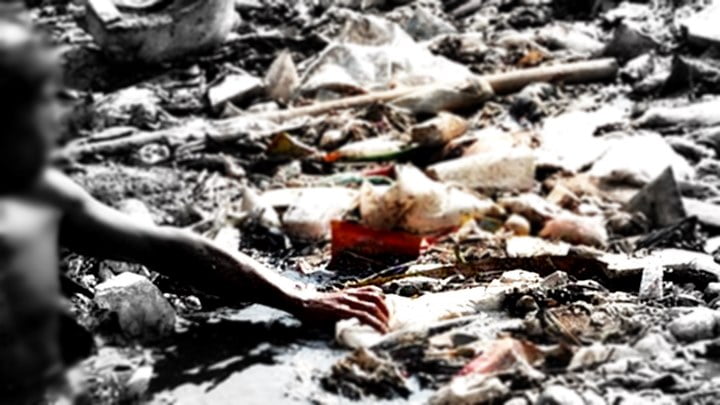
The law in India forbids the practice of manual scavenging. Despite the ban, this practice not only prevails but also causes so many deaths. The manual scavengers are not only working in remote areas but also in the national capital Delhi. This is when the government has spent 266.16 crores for the rehabilitation of manual scavengers since 2013-14.
According to Minister of State for Social Justice and Empowerment Ramdas Athawale, 188 persons have died due to accidents while undertaking hazardous cleaning of sewer and septic tanks during the last three years and the current year. In a reply to a question asked in Lok Sabha on July 26, the minister said, 116 such people died in 2019, another 19 lost their lives in 2020, and 36 in the year 2021.

Earlier, on July 19 in Rajya Sabha, Minister of State for Housing and Urban Affairs Kaushal Kishore had said, “47 workers died while cleaning sewers and septic tanks in Uttar Pradesh, 43 in Tamil Nadu and 42 in Delhi”, during the last five years. This amounts to 40% the total fatalities during this period in India. “36 such casualties occurred in Haryana, 28 in Gujarat, 26 in Karnataka, 13 deaths in Rajasthan, 30 in Maharashtra, 14 in Punjab, and 19 in West Bengal,” the minister added in his reply to a question.
On the same day, Social Justice and Empowerment Minister Virendra Kumar admitted in Lok Sabha, “347 have died while cleaning sewers and septic tanks in India during the last five years.” Obviously, these are the numbers on records and pertain to the cases reported. Otherwise, there are instances where matter is settled on the spot by mutual compromise between the contractor and the family of the deceased.
It is shameful that all this is happening in 2022, the year touted for the revolutionary changes by the government. Though government claims, not a single death occurred in the process of lifting of human excreta from insanitary latrines. Interestingly, it isn’t clear whether such practice has been abolished totally or not. Also, there is no clear idea how many scavengers are still active in the profession. The last survey to identify the manual scavengers was undertaken during the year 2018. Total of 58098 manual scavengers were identified then. Among them, the highest 32473 were from Uttar Pradesh, 6325 in Maharashtra, 4988 in Uttarakhand, 3921 in Assam, and 2927 in Karnataka.
A law was passed in 1993 which prohibited the use of any individual for manually cleaning, carrying, disposing of or otherwise handling in any manner, human excreta till its disposal. In 2013, the law was extended and more clarifications were made. The Building and Maintenance of Insanitary Latrines Act, 2013 forbids construction or maintenance of unsanitary toilets. Prohibition of Employment as Manual Scavengers and their Rehabilitation Act, 2013 (PEMSR) extends the ban on use of human labour for direct cleaning of sewers, ditches, pits and septic tanks.
Under the Self Employment Scheme for Rehabilitation of Manual Scavengers (SRMS), the Union Government has made an allocation of 70.00 crore Rupees. Though, most part of this meagre amount goes to the administration part. Government also claims to have spent 266.16 crores for the rehabilitation of manual scavengers since 2013-14. It is imaginable how much have reached the beneficiaries in actuality and how many people have been rehabilitated since then.
There is an interesting twist to the story. The same government, which is now admitting the deaths of people involved in cleaning septic tanks and severs, has declared India free of manual scavengers in 2021. In a reply to a question asked by CPI leader S Venkatesan, Ramdas Athawale had said in Lok Sabha, “There are no more manual scavengers in the country.” In a written reply made on August 10, 2021 the minister argued, “Voluntary organisations have claimed that the banned practice continues but they have been unable to substantiate those claims.” But the practice still exists and the question is, why does it prevail?
Basically, there are three reasons. First is the need for growth of poverty and lack of alternative work, second is low cost of labour on part of the contractor. Third one is the failure of the state and the law enforcement agencies. Machines can replace human labour but they are costly and can’t be bargained. On the other hand, most of the people involved in manual scavenging are poor, illiterate and are from the backward classes. Most involved (around 99%) stand lowest in the caste hierarchy, i.e. they are either scheduled castes or the scheduled tribes. These are the voiceless people and the state has been unable to become their voice, although it should have been.


